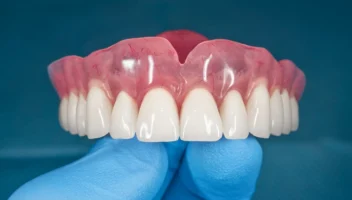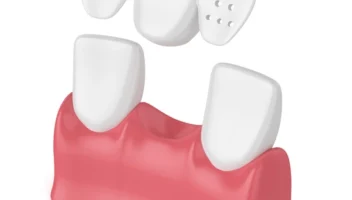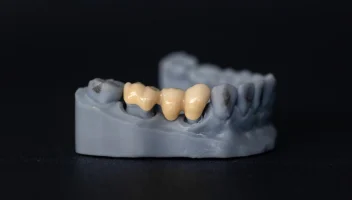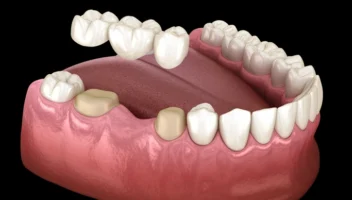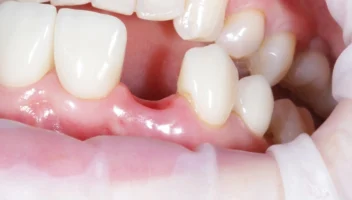Immediate Complete Dentures
Tooth loss remains a major global health issue, and the transition from partial dentition to complete edentulism can be psychologically and functionally challenging for patients. Immediate complete dentures—defined as dentures inserted immediately after extraction of remaining natural teeth—offer a solution that prevents patients from experiencing a period without teeth. However, this treatment modality is clinically […]
Design and Clinical Procedures of Removable Partial Dentures
Removable partial dentures (RPDs) play a vital role in restoring function, aesthetics, and oral health in partially dentate patients. Their design and fabrication require a deep understanding of biomechanics, oral anatomy, patient needs, and prosthodontic principles. Unlike fixed prostheses, RPDs rely on a combination of tooth support, mucosal support, and mechanical retention, making their planning […]
Resin-Bonded Bridges
Resin-bonded bridges (RBBs) have become an essential component of contemporary restorative dentistry. Their development reflects the profession’s broader movement toward minimally invasive and adhesive-based treatment philosophies. For carefully selected cases, they offer a conservative, aesthetically acceptable, and cost-effective solution for replacing missing teeth while preserving the structural integrity of abutment teeth. Introduction Tooth loss, whether […]
Design, Construction, and Maintenance of Fixed Dental Bridges
Fixed prosthodontics plays a central role in restorative dentistry, providing functional and aesthetic rehabilitation for patients with missing teeth. Among the various options available, fixed bridges remain one of the most predictable and commonly used treatments for replacing missing teeth when appropriately selected and carefully executed. Successful bridgework, however, relies on thorough assessment, thoughtful design, […]
Fixed Dental Bridges
Fixed Dental Bridges have long stood as one of the cornerstone treatments in restorative dentistry. They provide functional, aesthetic, and psychological benefits by replacing missing teeth and restoring a patient’s ability to chew, speak, and smile with confidence. Although implants have become increasingly popular in modern prosthodontics, bridges remain an essential component of dental treatment […]
Treatment Planning for Patients with Missing Teeth
Tooth loss is a common clinical challenge encountered in restorative dentistry. Whether the patient is missing a single tooth or has multiple edentulous areas, the dentist must formulate a comprehensive treatment plan that restores oral function, aesthetics, comfort, and long-term oral health. Modern dentistry offers an evolving array of treatment options—ranging from minimally invasive adhesive […]

